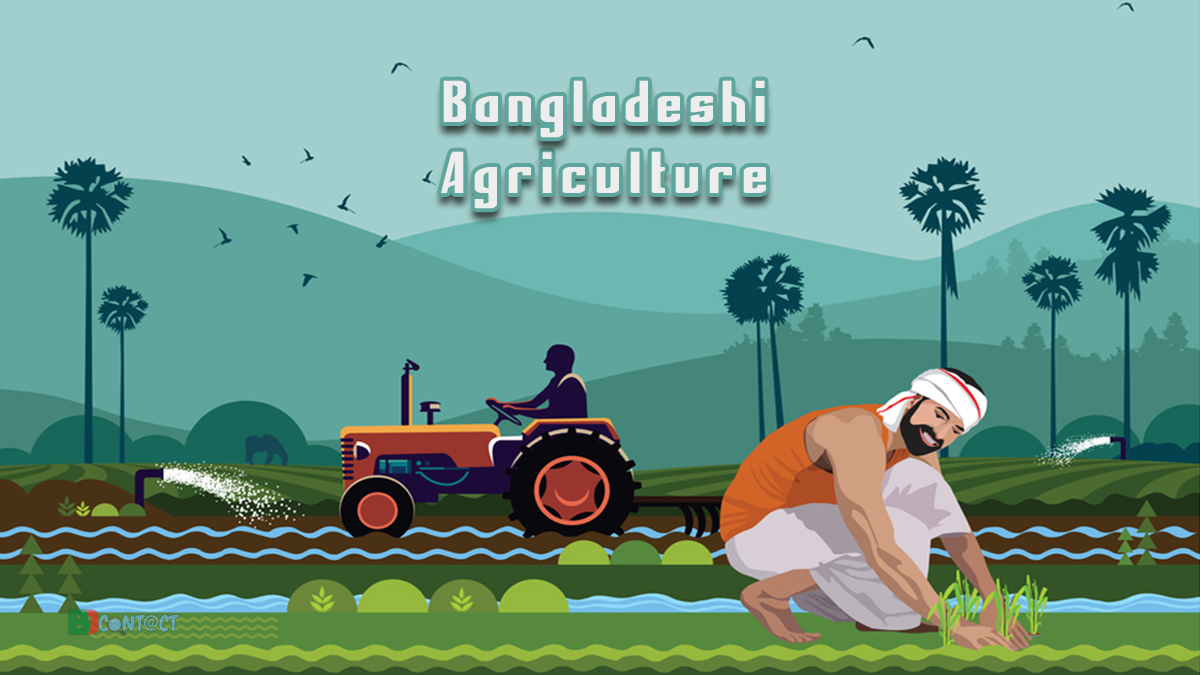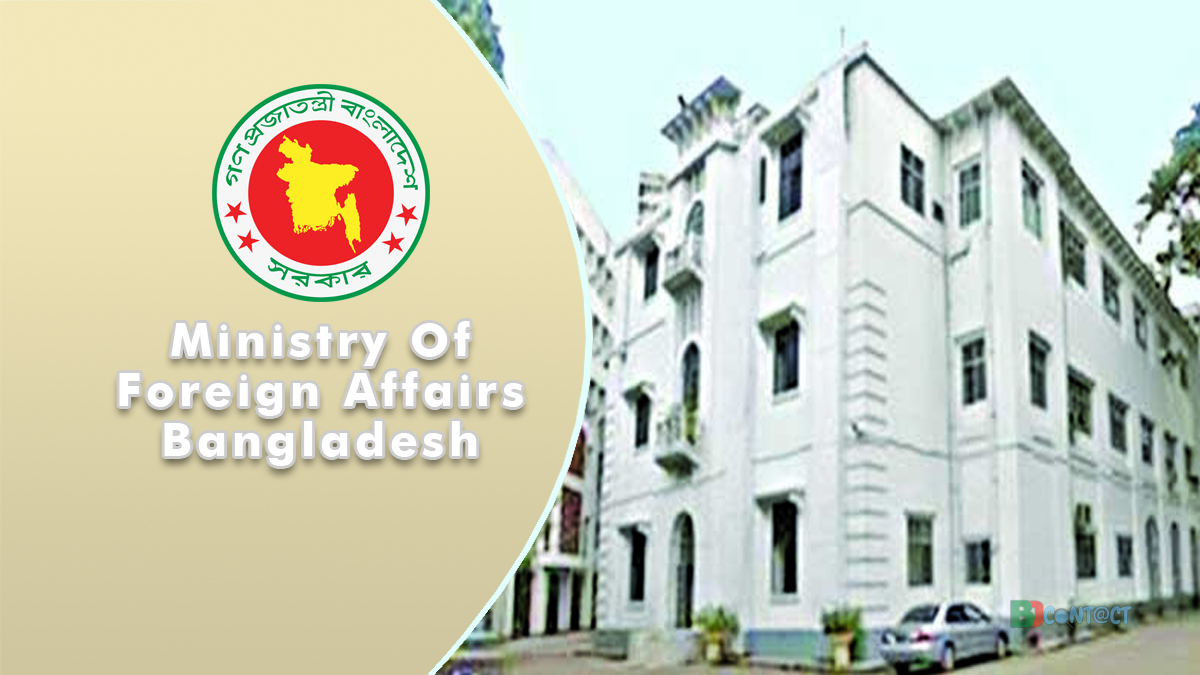In this article, you will know about Agriculture in Bangladesh based on our perspective. Agriculture carries over the main responsibility for the economy of Bangladesh. Initially, many people in Bangladesh earned their living from agriculture.
So agriculture is important in our country. You have come to the right page if you want to know about Bangladesh’s agriculture. Stay with me and keep scrolling this page. I hope everything is going to clear soon.
Table of Contents
Bangladeshi Agriculture
Bangladesh is an agricultural country. Employment generation, poverty alleviation, human resources development, food security, etc., are major macroeconomic objectives. Agriculture plays an important impact in these major macroeconomic objectives. The majority of Bangladeshi people live in rural areas, and probably the percentage may be more than 70.
Rice and Jute are the primary crops of Bangladesh, but wheat is assuming greater importance. The fertile soil is available in the northeast to grow there. Rice is one crop that can be grown and harvested three times a year in many areas having ample water supply. Poultry farming, Forestry, Fishing, etc., can be the other parts of Bangladeshi agriculture. Here I describe some fundamental market crops in Bangladesh.
Rice Paddy
Bangladesh’s staple food makes up 48% of rural employment and half of agriculture’s contribution to GDP. It is very hard-working and can be traditionally grown by providing ample water. The people in Bangladesh can see that this main crop has been increasing since 1971, after Bangladesh’s independence, with average yield rates increasing from 1.096 MT/hectare to 3.041 MT/hectare in 2015. The steady annual growth rate of this crop is 1.31%.
Jute
Jute is a natural fiber and cash crop for over 3 million small farm households in Bangladesh. It is one of the essential vegetable fibers and took second place globally after cotton. Jute is the largest export commodity whenever it is a primary raw material for 1/3rd of manufacturing output.
People show increased demands for this crop for the global shift towards reducing fossil fuels and derivative products.
Potato
Potatoes are called the world’s most important food crops in terms of the volume of fresh produce. It has some ideal conditions for growing potatoes. This crop has a lack of market demand so that many farmers avoid farming this crop. For this reason, from Europe, about 90% of the total yield comes.
Here I am making a chart of the Average Yield Rate (Metric ton per hectare) below.
| Crop | 1971 | 2015 |
| AUS Rice | 1.096 | 3.041 |
| Aman rice | 1.013 | 2.385 |
| Boro Rice | 2.233 | 3.965 |
| Jute | 7.472 | 11.152 |
| Potato | 3.281 | 19.647 |
Fishing in Bangladesh
Fishing is undoubtedly a part of Bangladeshi agriculture, and Bangladesh is one of the leading countries in the fish-producing segment in the world whenever it produced 4.134 mn MT in FY17. Bangladesh is a small and developing country and bears the pressure of over-population.
This pressure will be released when most of the population is active. In this situation, Fishing is one of the best ways of being active. Fish is one type of production from which more than 80 percent of the Bangladeshi diet’s animal protein comes. So fishing plays an important role in Bangladeshi agriculture.
Look at the following chat where ai add the Aquaculture Food Fish Production (Thousand tons; Percentage of world total) in Bangladesh since 1995.
| Year | Thousand Tons | Percentage of The World Total |
| 1995 | 317 | 1.3% |
| 2000 | 657 | 2.0% |
| 2005 | 882 | 2.0% |
| 2010 | 1309 | 2.2% |
| 2015 | 2060 | 2.7% |
| 2016 | 2204 | 2.8% |
This article is completed here because I think that’s enough to describe Bangladesh’s agriculture. I took some help from a reputed source for preparing this article.
To error is human, so the information I added may not be 100% correct. If there have any wrong information, please inform us of the right one by leaving your valuable comment in the following comment box. Stay linked with our site to get the next updates.












Comments